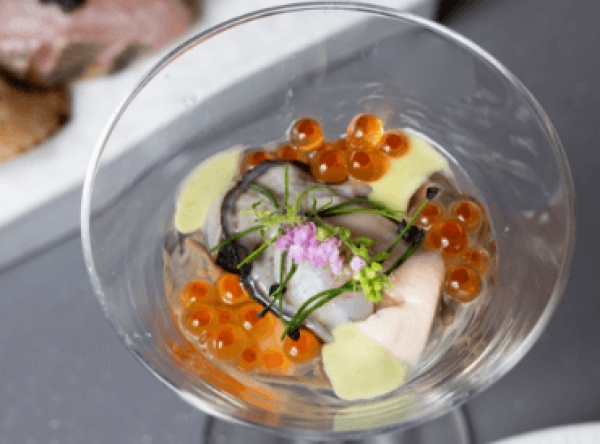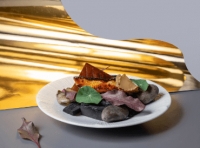Omakase is a Japanese phrase, used when ordering food in restaurants. The phrase omakase, literally ‘I leave it up to you’, is most commonly used when dining at Japanese restaurants where the customer leaves it up to the chef to select and serve seasonal specialties. The Japanese antonym for omakase is okonomi, which means choosing what to order. In American English, the expression is used by patrons at sushi restaurants to leave the selection to the chef, as opposed to ordering à la carte. The chef will present a series of plates, beginning with the lightest fare and proceeding to the heaviest dishes. The phrase is not exclusive to raw fish with rice and can incorporate grilling, simmering and other cooking techniques
Characteristics
The Michelin Guide said “few formal dining experiences are as revered or as intimidating” as omakase.
Customers ordering omakase style expect the chef to be innovative and surprising in selecting dishes, and the meal can be likened to an artistic performance. Ordering omakase can be a gamble, but the customer typically receives the highest-quality fish available at a lower cost than if it had been ordered à la carte. According to Jeffrey Steingarten, recounting in Vogue a 22-course “memorable feast” that required several hours.
In the U.S., omakase usually refers to an extended sushi dinner, ideally eaten at the sushi counter, where the chef prepares one piece of fish at a time, announces its name and origin, answers your questions, and guesses what else you might enjoy and how much more you’d like to eat. You expect to be brought the most perfect seafood available at that time of year, fish that will be handled as carefully as a kidney awaiting transplantation and as respectfully as a still-living thing. You marvel at the endless training of the dedicated staff, the precision of their work, their incredible concentration for hours at a time, their lack of pretense, their quiet. And the beauty of their knives.
Food writer Joanne Drilling compared the omakase experience to prix fixe but said it was “slightly different. It involves completely ceding control of the ordering process and letting the chef choose your dinner.” Like Steingarten she recommends omakase dining at the sushi counter. The Michelin guide called omakase the “spiritual companion and counterpoint to kaiseki”, an elaborate multi-course highly ritualized meal.




